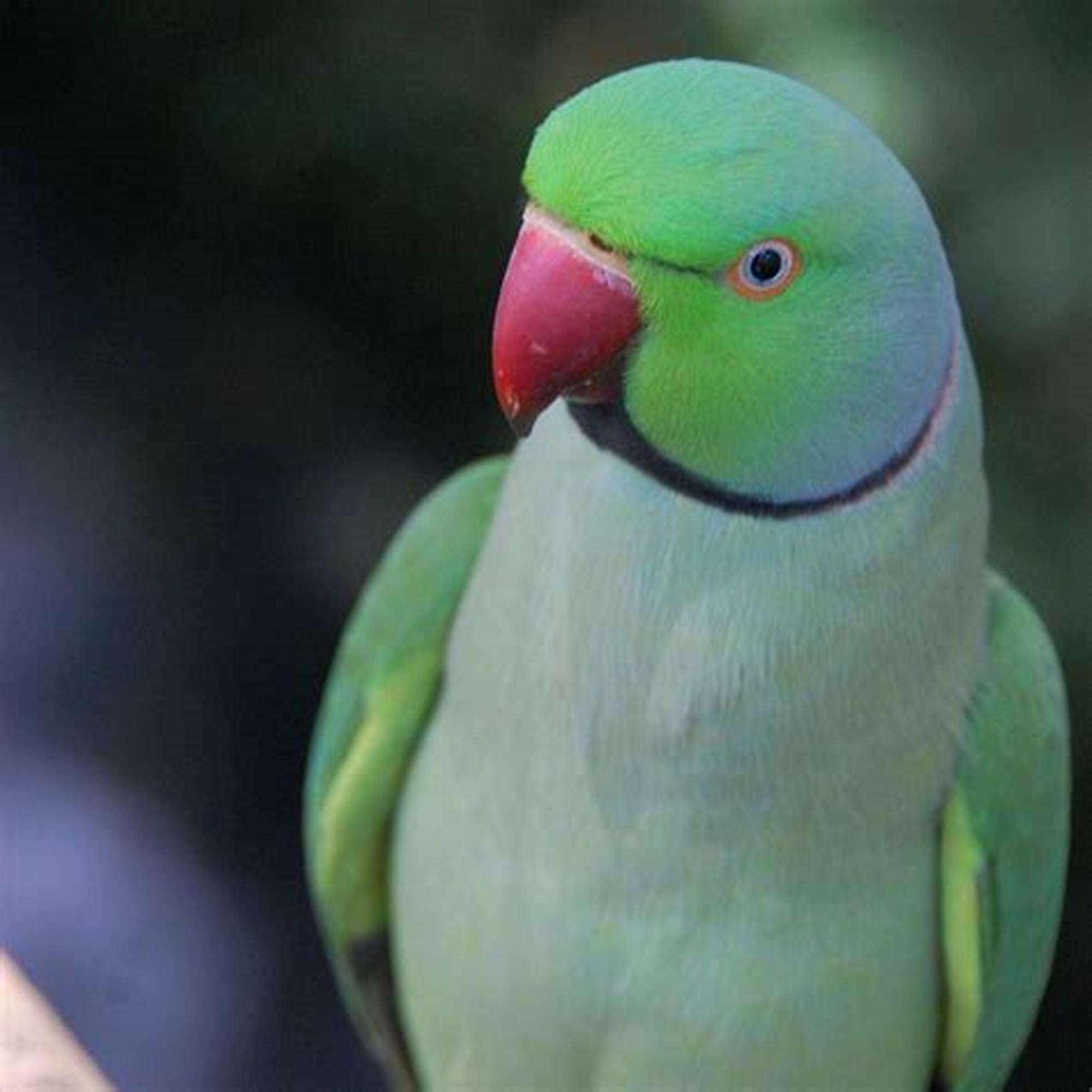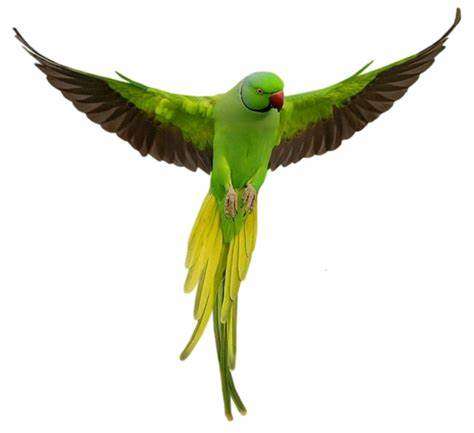Pakistan is at risk of losing one of its iconic avian species, the Alexandrine parrot (Psittacula eupatria), a bird already listed as Near Threatened on the International Union for Conservation of Nature (IUCN) Red List. The threat to Pakistan’s parrot populations has become a growing concern due to various human activities. This large green parrot, commonly known as the Alexandrine parakeet, is native to parts of Asia and is admired for its striking bright green plumage, elongated tail, and remarkable ability to mimic human speech. Measuring around 18 inches long, the Alexandrine parrot is an intelligent and social bird that requires significant mental stimulation. However, habitat destruction, illegal pet trade, and deforestation pose a severe threat to Pakistan’s parrot, leading to a decline in their wild populations. Conservation efforts are essential to protect this beautiful species from further decline. Understanding the threat to Pakistan’s Alexandrine parrot survival can help raise awareness and encourage conservation actions to ensure their future in the wild.
Here are some key life facts about the Alexandrine parrot (Psittacula eupatria):
Lifespan
- In the Wild: Alexandrine parrots (green parrot) live approximately 20–30 years, depending on environmental conditions.
- In Captivity: With proper care, a green parrot can live up to 40 years or more.
Puberty
- Alexandrine parrots reach sexual maturity at about 3 years of age.
- Males develop their characteristic neck ring (a dark stripe around the neck) at this age, distinguishing them from females.

Incubation Period
- The incubation period for Alexandrine parrot eggs ranges from 24 to 28 days.
- Females usually lay eggs in tree cavities in the wild, where they incubate them until they hatch.
Egg-Laying
- A clutch generally consists of 2 to 4 eggs.
- The female does most of the incubating while the male provides food and protection.
Habitat
- Alexandrine parrots are native to forested regions, woodlands, and open plains.
- They prefer areas with abundant tall trees, often along rivers, canals, and foothills.
- In Pakistan, their habitats include regions of northeastern Punjab, southern Sindh, and border areas near India.
Feeding
- Alexandrine parrots are omnivorous. Their diet includes:
- Fruits: Mangoes, guavas, papayas, and figs.
- Nuts and Seeds: Sunflower seeds, almonds, and cashews.
- Vegetation: Leaf buds, flowers, and tree bark.
- In the wild, they are also known to consume grain crops, which sometimes brings them into conflict with farmers.
Behavioral Traits
- They are highly social and intelligent birds, often found in pairs or small flocks.
- Alexandrine parrots are excellent mimics, capable of learning and repeating human speech.

Specialists in wildlife have identified several reasons for this concerning trend. Changes to the bird’s natural habitat, caused by the growth of cities, farms, and deforestation, have severely reduced its living space. Pollution, particularly the common use of pesticides, also damages their habitats and disrupts their food supply. However, the most serious threats are poaching and illegal wildlife trafficking, as the Alexandrine parrot is highly valued in the fascinating pet industry due to its intelligence and ability to imitate sounds. According to a study by the World Wildlife Fund (WWF), illegal bird trade accounts for the loss of thousands of parrots annually in South Asia, with the Alexandrine parrot being a prime target.
Parrots were once plentiful in Pakistan’s lowlands, especially near canals and foothills, and even flourished in cities like Karachi. But their population has drastically declined. Now, they are found only in the northern parts of Punjab, southern Sindh, and the border areas between Pakistan and India, including the contested Jammu and Kashmir region. A 2023 survey by the Punjab Wildlife Department noted a 40% decrease in the Alexandrine parrot population over the last two decades.
Protecting this species requires addressing the underlying reasons for its declining population. Enhancing wildlife protection laws, curbing illegal trade, and increasing public understanding about the Alexandrine parrot’s ecological significance are essential actions. Furthermore, reforestation programs and stricter pesticide regulations could aid in restoring and preserving its diminishing habitats. The survival of the Alexandrine parrot is not merely an environmental issue, but a matter of safeguarding a crucial aspect of Pakistan’s natural heritage.
- Anatomy
- Anesthesiology
- Animal Husbandry
- Animal Sciences
- Avian
- Camelidae
- Canine
- Cattle
- Clinical Medicine
- Clinical Pathology
- Clinical Sciences
- Clinical Surgery
- Dairy Technology
- Epidemiology
- Equine
- Feline
- Fun Facts
- Genetics
- Goat
- Medicine
- Microbiology
- Microbiology
- Non Ruminants
- Nutrition
- Parasitology
- Pathology
- Pharmacology
- Physiology
- Poultry Husbandry
- Public Health
- Radiology
- Reproduction
- Ruminants
- Sheep
- Uncategorized
- Veterinary Sciences
- Wild Animals
- Blue Tongue Disease in Sheep and Cattle
- Winter Guide: Keep Your Pets Safe and Warm During Winter
- Cattle Dogs: Intelligent Breeds for Active Families
- Bluetick Coonhound: A Dog Breed & Adaption Guide
- Heartworm (Dirofilaria) in Dogs: A Complete Vet Guide
